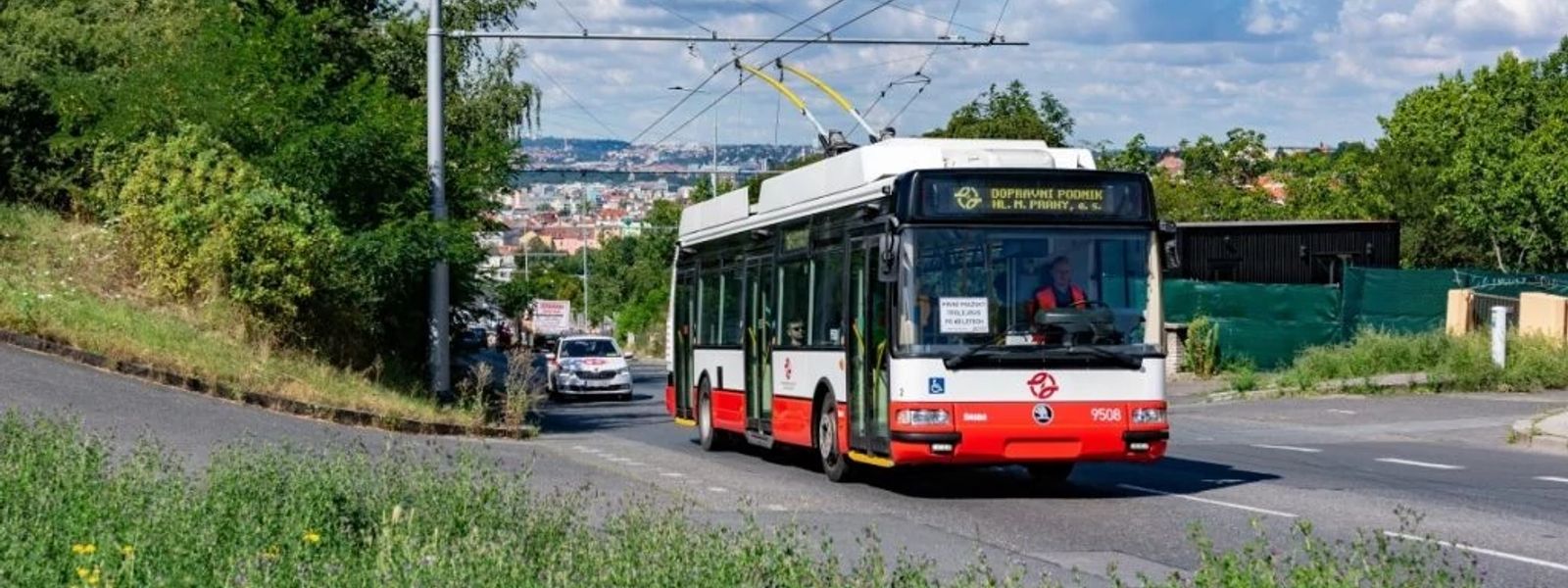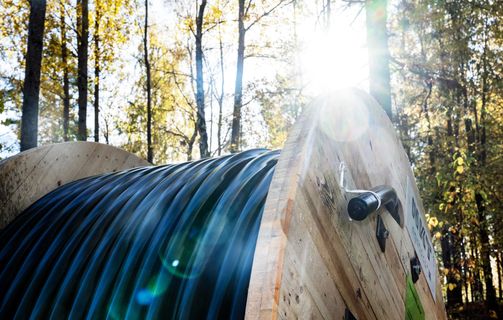
Electrification of Prague line 140
Bus line 140 in Prague is currently undergoing electrification and transformation, which will not only bring comfort to passengers but also a positive impact on reducing the carbon footprint.
- References
- Electrification of Prague line 140
Unique pilot projects of the future
NKT is an important part of the journey towards cleaner air
Loading...





